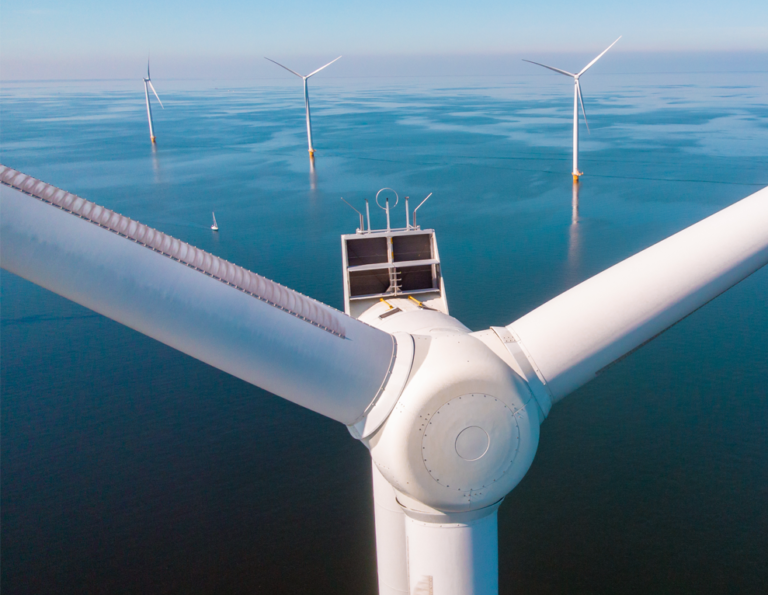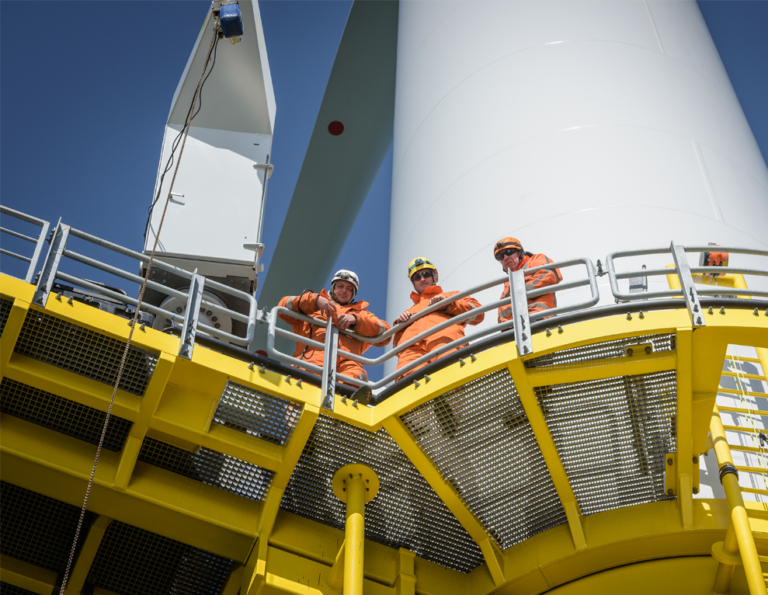Loon population: Absolute populations remain stable
New FTZ study mainly finds local population change
The compatibility of the expansion of offshore wind energy with species protection is a very important concern for the operators of wind farms at sea. We therefore welcome the study now presented by the team of scientists at the West Coast Research and Technology Center (FTZ).
Although loons avoid offshore wind farms, the important question is whether the loons population will remain stable. The BWO and its member companies were therefore able to confirm last year with their own study by the recognized research and consulting company BioConsult SH, Husum, that the loon population remained stable between 2001 and 2021, even after the construction of offshore wind farms. This study also shows that sufficient suitable habitats for loons are still available.
Due to their clear findings, these results of the DIVER II study were also taken up in the environmental report on the area development plan 2023 published by the BSH last year.
Stefan Thimm: “The operators of offshore wind farms take concerns about nature conservation in connection with offshore expansion very seriously. Ultimately, climate protection – and that includes the expansion of offshore wind energy – is nothing more than long-term species protection,” Thimm makes clear.”
Hintergrund: The Research and Technology Center (FTZ) West Coast of the University of Kiel published a widely acclaimed statement yesterday Magazine articles Study results on the avoidance behavior of loons published. The study examined the population of loons in the immediate vicinity of offshore wind farms in the period 2000-2017, but not the absolute population development.
In this regard, a study carried out by the wind farm operators last year showed that the absolute number of loons in the German Bight remained stable with the expansion of offshore wind energy in the years 2001-2021.
The studies of the BWO on loons can be found here:
DIVER I: https://bwo-offshorewind.de/seetaucherbestand-trotz-ausbau-von-offshore-windkraft-stabil/
Scientific publication based on the DIVER I study: Vilela, K., Burger, C., Diederichs, A., Bachl, FE, Szostek, L., Freund, A., Braasch, A., Bellebaum, J., Beckers , B., Piper, W., & Nehls, G. (2021): Use of an INLA Latent Gaussian Modeling Approach to Assess Bird Population Changes Due to the Development of Offshore Wind Farms. Front. Mar. Sci. 8:701332 - Link to study: https://www.frontiersin.org/articles/10.3389/fmars.2021.701332/full



